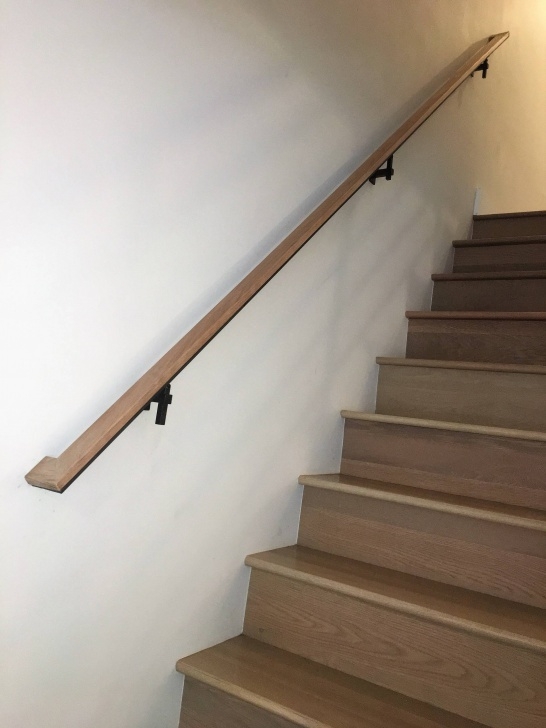

The National Fire Protection Agency (NFPA) and the Occupational Safety and Health Administration (OSHA) require that the distance between the wall and handrail be a minimum of 2 + 1⁄ 4 inches (57 mm).
#MODERN HAND RAILS CODE#
The distance between the wall and handrail gripping surface is also governed by local code with the most common requirement being 1 + 1⁄ 2 inches (38 mm) minimum. In areas where children are the principal users of a building or facility, the 2010 ADASAD recommends that a second set of handrails at a maximum height of 28 inches (711 mm) measured to the top of the gripping surface from the ramp surface or stair nosing can assist in preventing accidents. Handrails are located at a height between 34 and 38 inches (864 and 965 mm). Edges shall have a minimum radius of 0.01 inches (0.25 mm). The minimum width of the handrail above the recess shall be 1 + 1⁄ 4 inches (32 mm) to a maximum of 2 + 3⁄ 4 inches (70 mm). This required depth shall continue for at least 3⁄ 8 inch (10 mm) to a level that is not less than 1 + 3⁄ 4 inches (45 mm) below the tallest portion of the profile. The finger recess shall begin within a distance of 3⁄ 4 inch (19 mm) measured vertically from the tallest portion of the profile and achieve a depth of at least 5⁄ 16 inch (8 mm) within 7⁄ 8 inch (22 mm) below the widest portion of the profile.

Handrails with a perimeter greater than 6 + 1⁄ 4 inches (159 mm) shall provide a graspable finger recess area on both sides of the profile. The IRC and residential portion of the 2009 IBC define Type II handrail as follows: In addition, the International Residential Code (IRC) includes a definition of a "Type II" handrail that allows for handrail with a perimeter dimension greater than 6 + 1⁄ 4 inches (159 mm). Current versions of these codes and standards now agree that handrail is defined as either a circular cross section with an outside diameter of 1 + 1⁄ 4 inches (32 mm) minimum and 2 inches (51 mm) maximum or a non-circular cross section with a perimeter dimension of 4 inches (102 mm) minimum and 6 + 1⁄ 4 inches (159 mm) maximum and a cross section dimension of 2 + 1⁄ 4 inches (57 mm)) maximum. Various model codes-The International Code Council (ICC ) and National Fire Protection Association (NFPA )-and accessibility standards-ANSI A117.1 and the Americans With Disabilities Act Standards for Accessible Design (ADASAD)-refer to handrail dimensions. Handrail height is set between 0.9 and 1 metre ( 35 + 3⁄ 8 and 39 + 3⁄ 8 in). British specifications īritish Standard and British Standard Code of Practice are harmonized to European Normal (EN) series. A handrail may be fixed to the wall rather than being supported by balusters.


 0 kommentar(er)
0 kommentar(er)
